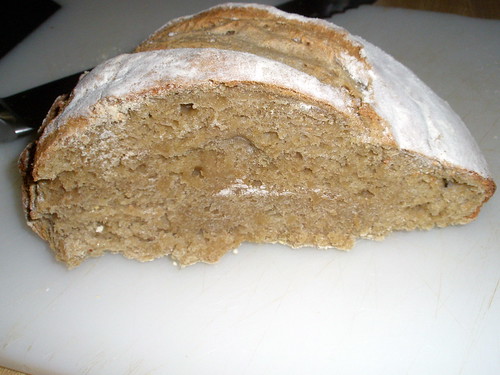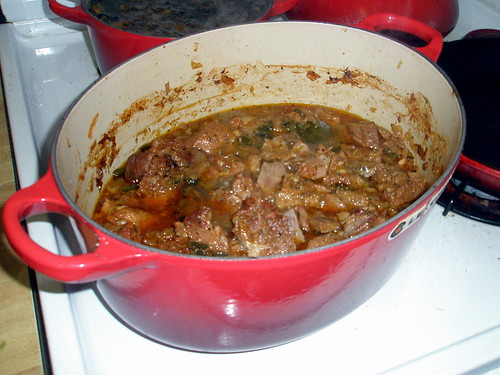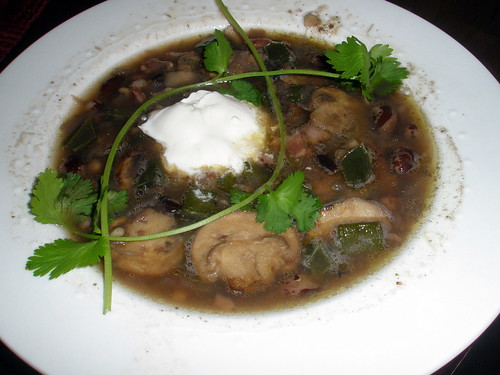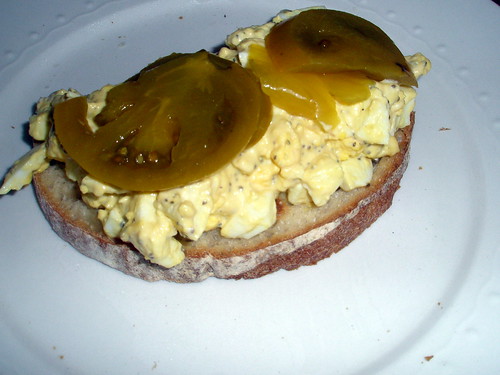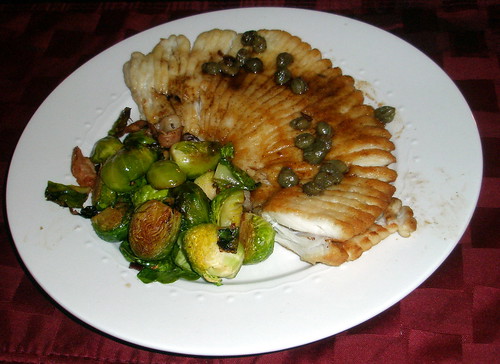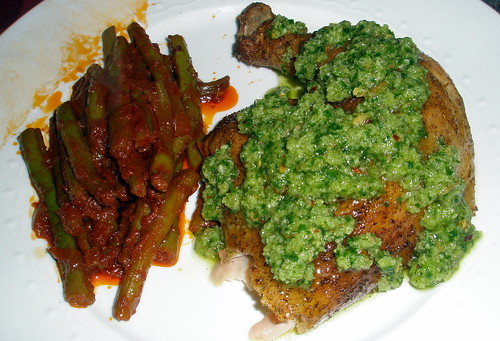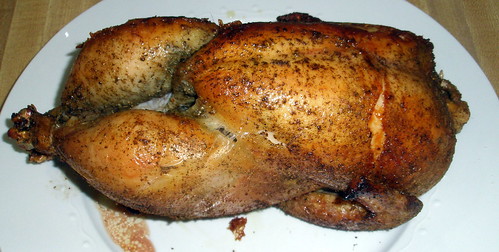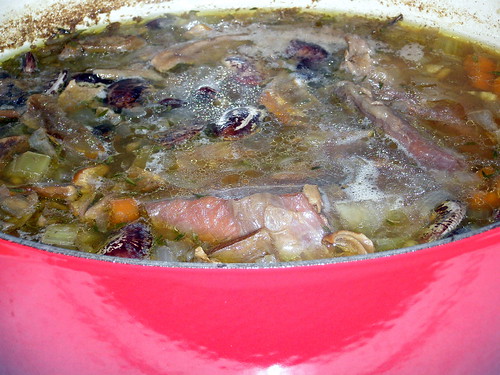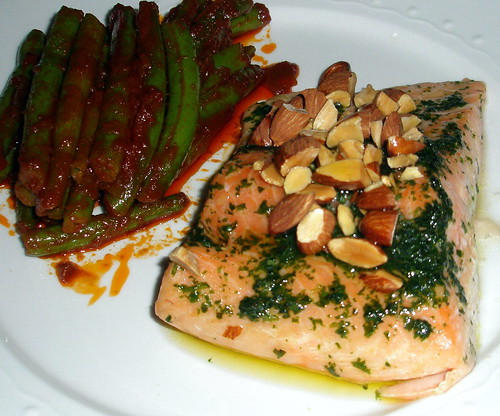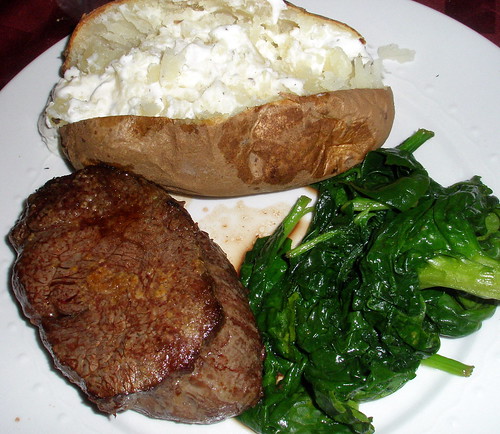Last Friday, after feeling guilty about the giant slap in the face we gave the recession by attending a yoga, chocolate, and wine tasting (it was free, but still...), my girlfriend and I redeemed ourselves by having dinner at
Kefi on the Upper West Side.
Kefi had been on my list of restaurants to go to ever since it opened a few years ago in its original location, where it gained renown for delicious Greek food served at bargain prices. Kefi's co-owners Michael Psilakis and Donatella Arpaia have since become rockstars in the NYC dining scene, opening other two other well-acclaimed restaurants (Anthos and Mia Dona), and even
cooking at the White House. As with most inexpensive and good restaurants in New York, Kefi was a madhouse in it's old location and Psilakis and Arapia recently moved the restaurant to a much larger location on Columbus Avenue between 84th and 85th St. It remains a madhouse, for at 9:45 on a Friday night, it was packed to the gills. Psilakis and Arpaia have certainly found one way to get by during the recession.
I was surprised at just how large the new location is. Although, I had never been to Kefi in the old location, I had eaten at its previous incarnation (and Psilakis' very first restaurant) Onera, and it was a fairly small space. Kefi now takes up two floors, each with multiple dining sections. I would call the decor Greek isle kitsch, with Greek trinkets hanging on the walls and ceilings. The servers wear royal blue t-shirts with the restaurant's name in large print. A date restaurant, Kefi ain't.
Many reviewers have complained that the new location of Kefi is not as the original. Among the detractors, consensus is that the new Kefi is cooking by the numbers, serving unrefined Greek food to please the masses. The food we had was fairly formulaic in preparation and the plating was not pretty by any means, it was very good and comforting.
My girlfriend and I started with the fried calamari, an menu item that we order at nearly every restaurant that serves it. Kefi's version was as good as any; simply prepared and served with lemon wedges. Intermixed with the calamari were fried chickpeas, a very nice surprise; a few fried lemon slices were also on the plate, a not so nice surprise that I assume a sloppy chef must have dropped into the fryer.
For a main, I ordered the braised lamb shank, which was served with orzo and lots of what I believe was a red wine-based braising liquid. The lamb was fairly sloppily plated, with the sauce all over the place, but the bad plating was fairly endearing, reminding me of the comforts of a homecooked meal. The lamb, I should add, was delicious, especially at $15.95. My girlfriend went with the seared striped bass, which was served with potatoes, green beans, capers, and olives. Again, the dish did not look so pretty on the plate, but that did not detract from the taste. The fish was cooked nicely, and the capers and olives gave it a nice briny flavor.
Kefi is one of those rare Manhattan restaurants where I left feeling like I made a steal. I would have been pleased with the restaurant even if the dishes cost just a few dollars more. Kefi is not fine cuisine, but in this economic climate, that is not a bad thing. It is on the other side of town from me, but Kefi is still worth the small cab fare, and I will certainly return.





